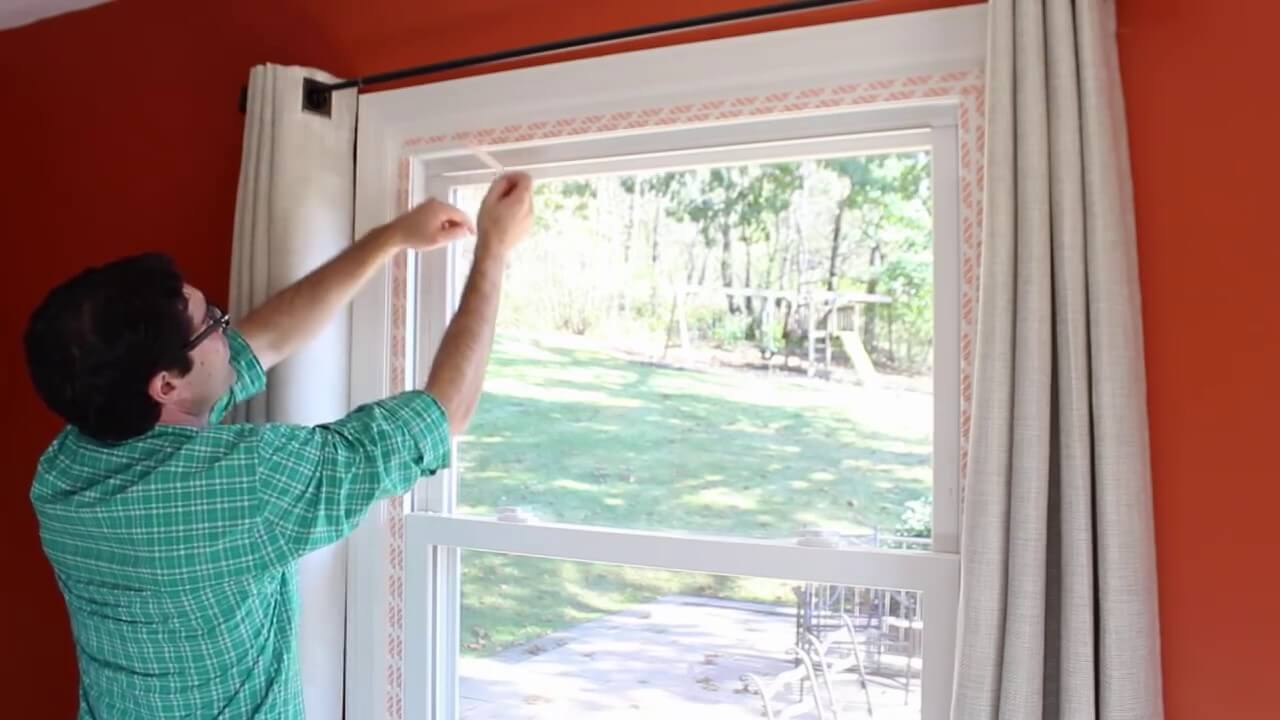During winter, you need to ensure that your home stays warm throughout the entire season. Usually, homeowners buy appliances like space heaters to keep the inside warm at all times. But a time may come when the space heaters won’t work due to tiny cracks and spaces that appear over time.
If you currently have a problem preventing the draft from entering your home, you can find different surefire methods that many homeowners use today.
1. Checking Window and Door Issues
The most common cause of drafts is tiny cracks and spaces in your doors and windows. Such cracks form because of the constant opening and closing of windows. If you frequently open the doors and windows, you need to find a professional contractor that can do the inspections, especially if you don’t know how to do it.
However, you can use the internet to find answers on which parts you need to look for on doors and windows. Searching may take you a while to get the answers you need, but you get to save money from hiring contractors and using it for other essential things. Finding those cracks are is the first step to determining how you can stop the draft efficiently.
2. Installing Weatherstrips
After you finish doing the inspections, the first step to preventing drafts from getting into your home is by applying weatherstrips. It’s the most basic method of sealing annoying cracks and tiny spaces in windows, doors, and almost anything else that opens and closes. What’s excellent about weatherstripping is that you can get them in different materials, ensuring you get a good seal that stops the draft effectively.
Some examples of weatherstripping include:
- Felt Strips: It’s a type of weatherstripping usually made of wool or cotton that people use for areas, such as attic hatches, non-opening windows, mail slots, and storm windows.
- Sponge Rubber: Also known as neoprene, you can also use sponge rubber weatherstripping on non-opening windows, attic hatches, and standard door sides.
- Gasket and Flange: You can use gasket and flange weatherstripping for many moisture-riddled areas, including pet hatches, garage doors, metal window casements, non-opening windows, standard door bottoms, and storm windows, to name a few.
These different types of weatherstripping mentioned are only some of the many you can find in your local hardware store. You can talk to a professional contractor to figure out the best weatherstripping material you can use for your home.
3. Installing Draft Stop Access Doors
You can find the draft stop access door installed in most commercial buildings, but you can also install them inside your house. Even your home has several components, which technicians and contractors may maintain or repair at some point.
In most cases, they will have to destroy the surface since those components are behind wall, floor, or ceiling surfaces. That eventually leaves you with a space that will let the draft inside, but you can avoid that by installing draft stop access doors. They create a perfect seal, and technicians can open the access door without destroying any part of the surface.
4. Using Door Snakes
Another method that most homeowners do to prevent the draft from entering is by placing door snakes underneath the door’s opening. It’s great at covering your door’s bottom cracks, especially during winter seasons when you don’t want cold inside your home. You can get door snakes in different styles and designs, making it a great decorative piece.
If you plan on using door snakes, make sure that you use them only when you don’t want to keep going outside because you’ll have to keep removing the door snakes every time. Most homeowners place door snakes in their children’s bedroom doors to keep the room temperature at an average level.
5.Recaulking Windows and Doors
Besides weatherstrips, you can also use caulk as an alternative to sealing seams and joints. After a while, your home’s caulking will wear out, so you need to recaulk again. Most glass doors and windows have caulking at the sides of the frames, and you need to recaulk them when you start seeing the caulk coming off.
You can do a DIY recaulking job since it’s not a difficult task. |However, you need to keep the opening dry before applying the caulk, or else it won’t stick on the surface effectively. But if you feel that you can’t do the caulking effectively, you can always contact a contractor.
Conclusion
You need to focus on preventing the draft from going inside your home if you want to live comfortably. As long as you remember the mentioned draft stopping methods above, you can seal cracks and small openings within your house effectively,

Leave a Reply
You must be logged in to post a comment.